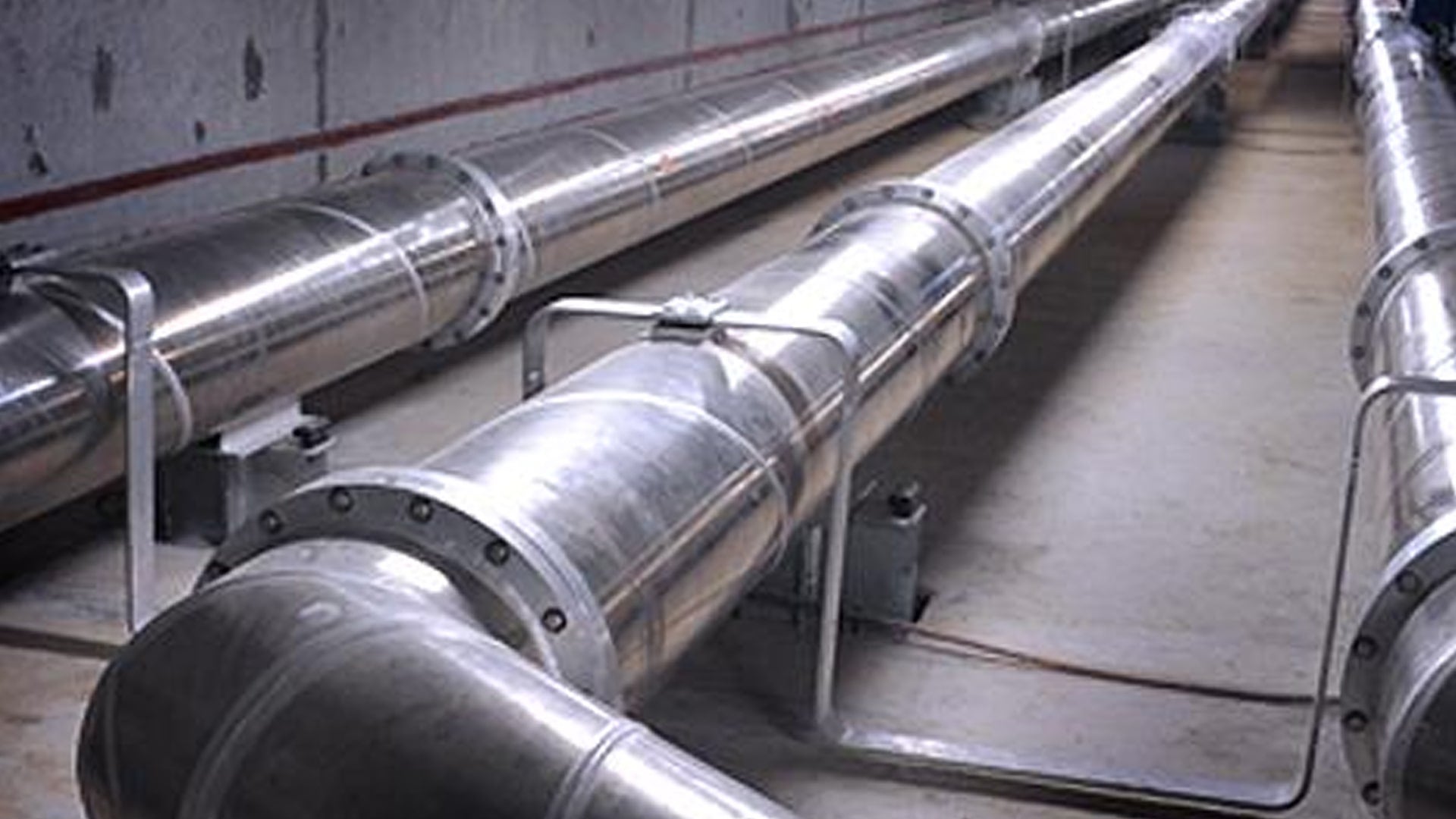Below grade transmission
Avail Bus Systems offers two kinds of underground installation: buried and open or covered trenches.
Buried installations offer the advantage of lower installation costs in open areas. Trenches can be used when crossing roads or installing in areas where water tables are close to ground level. Either way, a high voltage bus underground installation is more aesthetically pleasing, eliminates above ground congestion and reduces right-of-way requirements.
Buried High Voltage Bus Underground Installation
Buried Avail bus installations offer the advantage of reduced installation costs by eliminating civil foundations and trench fabrications. These installations are particularly useful in areas where space is limited or limited access to the system is required.
Applications include buried transmission lines in urban or congested areas and connection circuits within power plants where space is at a premium. Although below grade conditions are rarely ideal for a transmission system, Avail’s buried system utilizes an extruded polyethylene coating on the enclosure to prevent corrosion. Adjacent sections are welded together in the field and the completed joints are wrapped in polyethylene tape to prevent corrosion.
Open or Covered Trench High Voltage Bus Underground Installation
Road crossings, water table considerations or power plant and substation access are the main considerations when choosing a trenched installation. This option allows for undisturbed road routing as well as access to the system and ease of installation and maintenance.
Project Profile:
The Midway Sunset Cogeneration Project is a perfect example of the advantages of trenched transmission: the site layout consisted of three 242 kV circuits—with each circuit crossing the path of the plant’s main access road. The high voltage bus underground installation solution called for the installation of bus in trenches, allowing for undisturbed road routing and accessibly to the trench’s access panels for easy installation of the bus between the GIS and connecting transformers.
To learn more about Avail’s high voltage bus underground installation, as well as our other offerings, visit Avail Bus Systems and Avail Bus Services, or follow us on LinkedIn.

